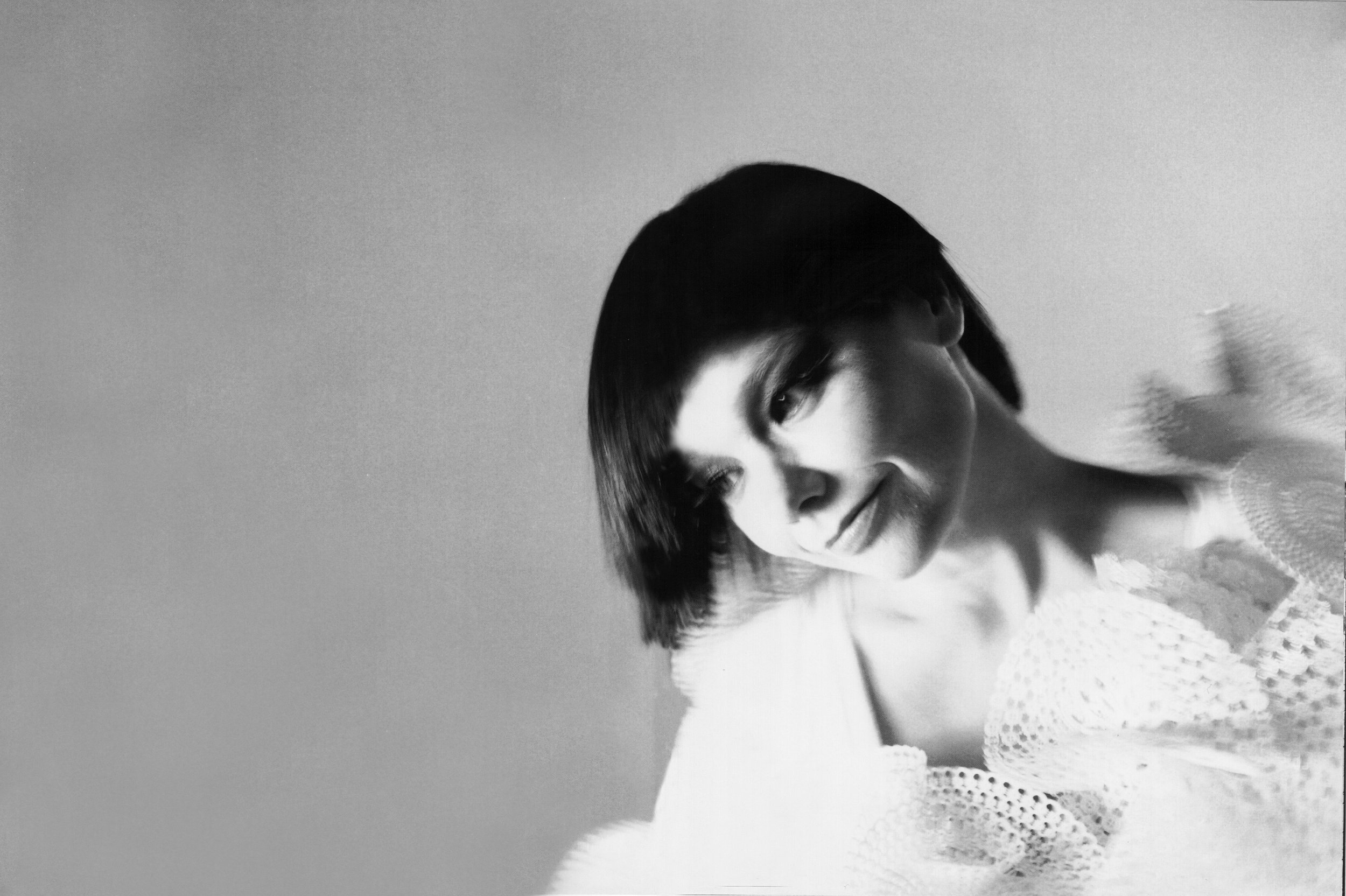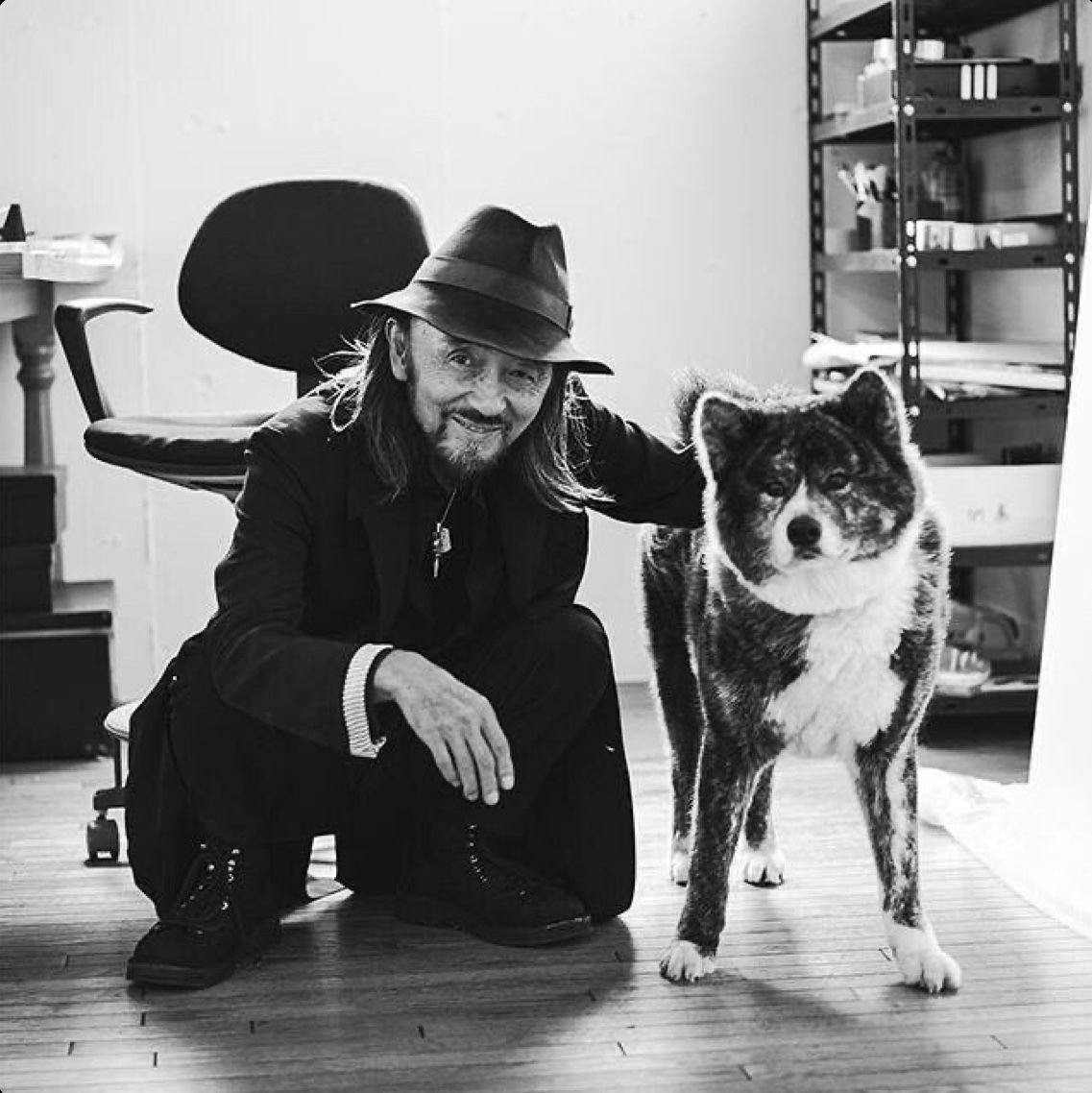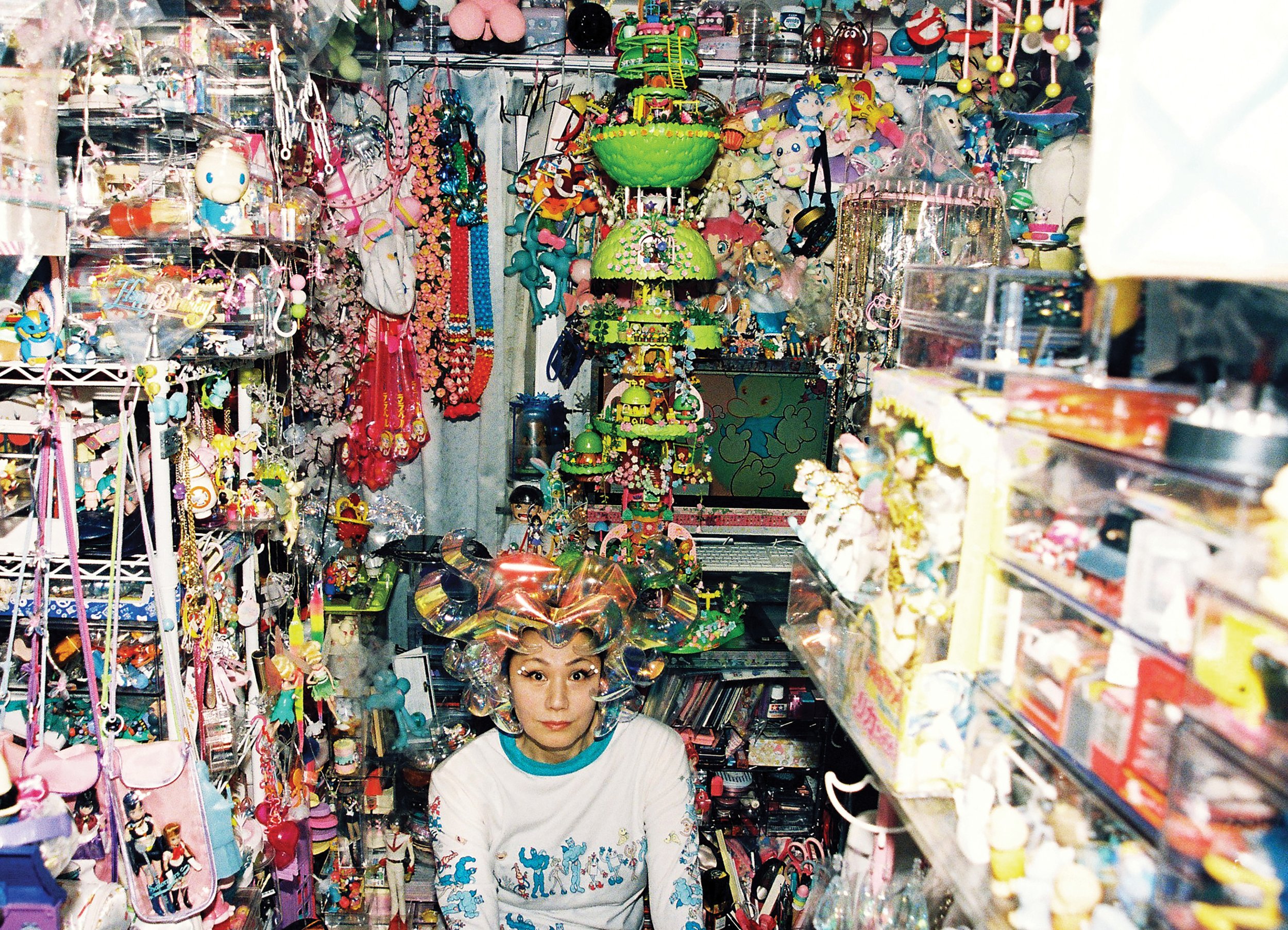From Rejkyavic to Tokyo, Bjork x Araki

When thinking of an avant-garde Icelandic pop princess and an eccentric Japanese photographer, the two personas might seem as distinct as night and day. But when an unlikely friendship emerges from collaboration, it only demonstrates how the world works in mysterious ways.
The 1990s saw Bjork emerging full force as a solo artist, with sounds that were impossible to categorize under one solid genre, she was very much in her own lane of fearless experimentation. The standard-defying attitude and approach was exactly what drew her and the incomparable Nobuyoshi Araki, who’s own status as a distinctive figure in the field of Japanese photography has won him both praise and disdain.
Both artists have their work labeled as ‘unconventional, emotion-filled, vulnerable’ without being trapped by any sense of dogma or restriction on creative direction.
“Every image is so alive.” she described of Araki’s work to Index magazine in 2001, “He takes photos of pretty dark stuff, and yet there’s outrageous vitality in them. They’re not destructive. His work makes me think about enjoying life, screaming from a mountaintop because the world is wonderful.”
Bjork had first come across Araki after stumbling upon his ‘Sentimental Journey’ exhibit at the White Cube gallery in London. The series which extensively documented his late wife, Yoko, instantly won her over as a fan and even requested him directly to photograph her for her remix album ‘Telegram’ on the Japan leg of her world tour in 1996. A working relationship that would continue when she visited Japan again in 2001 and 2003.
In the 2004 documentary, ‘Arakimentary’, Bjork commented, “It would be very easy to take photographs of the person you love most and die and it would be for the wrong reasons. But I think if you look at those photos with your heart it’s very obvious that that’s not why he did it, I think an artist like Araki is going to do everything 9000 percent. It doesn’t matter what it is and for someone to be so religious about his work/art he’s going to let it take over everything in his life including what he loves most.”


![DJ Hiroshi Fujiwara for Boon Magazine [2005]](https://images.squarespace-cdn.com/content/v1/57825361440243db4a4b7830/1666262410823-4CDPIAUMVY5KJQX0F14I/1BBFE35C-050B-48C0-8342-4BECD2EC170B+%281%29.JPG)


